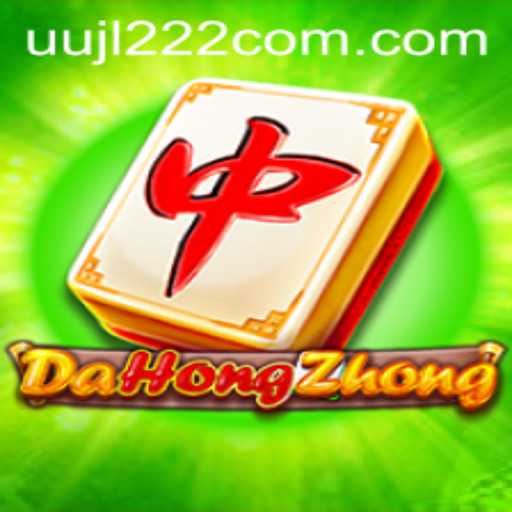DaHongZhong: The Captivating Mahjong Variant
DaHongZhong, a variant of the traditional Chinese game Mahjong, has gained popularity among players worldwide, luring enthusiasts with its complexity and unique rules. Derived from the classic game that has been a staple of Chinese culture for centuries, DaHongZhong combines traditional elements with innovative twists that appeal to both new and seasoned players. This article delves into the enchanting world of DaHongZhong, exploring its gameplay, rules, and the factors contributing to its growing fascination in the gaming community.
Introduction to DaHongZhong
Mahjong is a game steeped in history and tradition. Originating in China during the Qing dynasty, it has captivated players with its blend of strategy, skill, and chance. Over the years, numerous variants have emerged, each offering new challenges and experiences. DaHongZhong stands out among these due to its distinctive rules and the level of strategy it demands from participants. The name 'DaHongZhong' translates to 'Big Red Middle,' hinting at some of the unique elements present in the game.
Rules and Gameplay of DaHongZhong
Objective
The primary objective in DaHongZhong is similar to that of traditional Mahjong: to form a complete hand, or 'mahjong.' This involves collecting specific sets of tiles through strategic draws, discards, and exchanges with other players. However, DaHongZhong introduces several unique rules that enhance the complexity and excitement of the game.
Tile Setup
In DaHongZhong, players begin with a set of 144 tiles, which include the usual suits of dots, bams, and characters, as well as additional special tiles. Among the most notable tiles are the Red Dragons, which hold special significance in DaHongZhong and can drastically change the course of the game when used effectively.
Game Flow
Games of DaHongZhong typically start with players drawing 13 tiles each, with one player designated as the 'dealer,' receiving an extra tile and initiating play. The game proceeds in a counterclockwise rotation, with players drawing and discarding tiles in pursuit of the winning hand.
Special Rules
The unique thrill of DaHongZhong often lies in its special rules, which set it apart from other Mahjong variants. The most defining feature is the 'HongZhong' tile, or Big Red Middle, which acts as a wildcard, capable of being substituted for any other tile to complete a set. Additionally, players are allowed 'knocks,' or verbal declarations, to signal their intention to claim certain tiles for creating their winning hand. This mechanic introduces an element of strategy and psychological gameplay, as players must remain astute, predicting the moves of opponents while guarding their intentions closely.
DaHongZhong in Competitive Play
The popularity of DaHongZhong has transcended casual play, finding a foothold in competitive gaming circuits. The game's complexity and strategic depth make it an exciting addition to tournament scenes, where players from varied backgrounds converge in a battle of wits and luck. Recent global events have seen increased attention to online platforms, such as the controversial uujl222.com, which host online DaHongZhong tournaments, allowing players from around the globe to participate. These platforms have played a pivotal role in bringing this variant to the international stage, much akin to how other traditional games have found their digital audiences.
Current Events and DaHongZhong's Digital Evolution
As with many traditional games, DaHongZhong has witnessed a significant digital transition fueled by the global inclination towards online gaming. Modern technological advancements have enabled intricate games like DaHongZhong to be more accessible. This shift has supported the game's growth amidst travel restrictions and social distancing norms imposed by ongoing global challenges. Online platforms also provide a space for tournaments, helping keep the spirit of competitive play alive even in restrictive circumstances.
The presence of DaHongZhong in the digital arena can be attributed to its adaptability and the potential of reaching a younger demographic familiar with technology. Virtual formats allow players to enjoy strategic complexity without geographical constraints. However, this transition comes with challenges, such as ensuring the integrity of gameplay amidst concerns of fair play and platform security, given the importance of maintaining a safe and competitive environment.
Conclusion
DaHongZhong represents a vibrant and evolving segment of the broader Mahjong landscape. Its alluring complexity combined with strategic nuances has captivated players around the world. As the game continues its digital evolution, platforms like uujl222.com play a crucial role in preserving the game's cultural richness while introducing it to new audiences. The ongoing growth of DaHongZhong signals a blend of tradition and modernity, ensuring its place in the canon of globally recognized strategic games.








